Heineken: Fashion design

Fashion design
Ever since Sister Sledge paid a pioneering, brand-centric tribute to ‘Halston, Gucci, Fiorucci…’ on the girl group’s 1979 classic, ‘He’s The Greatest Dancer’, disco fashion has proved crucial to completing the night life experience. The Dionysian days of disco turned club-culture into a decade-spanning fashion inspiration, directly influencing designers from street level up to couture, from dance floor to catwalk.
With this highly potent, dance floor-driven energy in mind, Heineken’s Open Design Explorations project decided that it was vital to embrace the fashion world in its creative brief. In order to develop the ultimate nightclub, young fashion talent, selected by Heineken via PechaKucha's live presentation events, collaborated with design mentors to explore the ‘science of social engagement’ and consider the pioneering interpretation of the ‘social space’.
The fashion team was encouraged to work on the notion of unexpected, vibrant future concepts, collaborating in the wider production of a boundary-pushing ‘concept club’, researching and testing different fabrics for the development of clothing and footwear for the club staff, all of which will be unveiled as a live event during Milan’s Salone Del Mobile design festival, 2012.
During its global search for hot young design talent in the specialized fashion discipline, Heineken teamed up New York-based design student Michelle Wu, Red Dot award winner Patrick Kampff, plus mentors Kim Leemans and Merel Wicker of the cutting edge Amsterdam label LEW. Here we talk to three of the Heineken collaborators…
Designer Michelle Wu
New York-based fashion designer Michelle Wu has a Fine Art background. Melding fashion with art, her focus is on menswear that is structured and tailored but also wearable and practical. ‘I’ve always firmly believed that form should follow function,’ she says. ‘Fashion sometimes has a reputation for being superficial, but I think it has the potential to be much more. I want clothing to enhance our lives both practically and aesthetically.’
Wallpaper*: Please describe your work in one sentence
Michelle Wu: I design art that you put on every day and show off to the world.
W: Who or what has been your biggest inspiration, design wise?
MW: I’ve always been fascinated with people and the idea that we spend our whole life in clothing. Design allows me to indulge and engage this curiosity. By thinking about who we are, how we live our lives, and what we need, there are endless possibilities on how we can thrive better in the space we are given. I think one person I can relate to in this way is Philippe Starck, who is constantly searching for ‘the better’ with an almost childlike enthusiasm. It reminds me that change is exciting and fashion is exciting as well.
W: What is your favourite nightclub?
MW: For a good time, it’s the Westway in NYC on a weekday. Although there is something very special about the design of the Boom Boom Room - also, maybe the fact that you can see directly into Diane Von Furstenberg’s apartment!
W: Tell us about your input into the concept club
MW: I took part in designing the garments and footwear of the club staff. It started with the researching and testing of different materials and technology. It then progressed to sketching and making the muslins. A large part of this was working with the other disciplines to make sure the staff accented and blended in with the living environment.
W: What is your ambition?
MW: Just to be happy, make beautiful things, and earn at least one high five a day.
Fashion mentors Kim Leemans and Merel Wicker, LEW
LEW is a multidisciplinary fashion studio, set up by Dutch duo Kim Leemans and Merel Wicker. Both graduates from the fashion school of the Gerrit Rietveld Academy in Amsterdam, Kim and Merel began to collaborate at college and have been partners ever since. They started their own label in 2007.
Concept and wearability is always at the core of LEW collections; eye-catching craftsmanship and print-design combined with fresh, mature colors and graphic shapes create a refreshing and powerful image. Alongside the catwalk collections, LEW takes on special commissions for clients in fashion, art and design.
Wallpaper*: What is the best nightclub you have ever been to?
LEW: We can't say we have seen the best nightclub yet but we have definitely attended some great parties. A great party is one where we had a great time, felt very special and left with a feeling of wanting more.
W: What is the most important element on the nightclub experience?
LEW: To make you feel as if you are part of a 'once in a lifetime' experience. You should feel special and comfortable and be inspired by the whole; music, surroundings, lighting, visuals, other people etc. An exciting development in nightclub design came when DJs became superstars. The whole of the nightlife experience suddenly became built around it. The art of lighting and visual spectacles became very important to amplify the DJ on stage. We believe this trend has made a big impact on how clubs are being designed.
W: What annoys you about nightclubs?
LEW: Coldness, overkill of 'fancy' design, unnecessary uncomfortable tricks and gadgets. Clubs that are so dark, you can't see what you are drinking or who you're talking to frustrate us. It smothers the atmosphere and takes over the space, so there is no more room for your own personality. Nightclubs with stiff and humourless design kill the spontaneity your night should have!
W: How has fashion influenced nightclub design?
LEW: Fashion has always influenced culture and fashion designers are constantly influenced by art, design, architecture, music, politics etc. Ultimately, fashion is inseparable from nightclubs - it is the place to showcase and enjoy fashion.
W: Where do you see nightclub design heading in the future?
LEW: We believe the nightclub of the future will keep reinventing itself to keep surprising the public. Maybe the future club will be one that travels through the city, constantly finding exciting new locations to keep it fresh. This will have a definite impact on the design of the club. We believe it will be more innovative, efficient, subtle, open, sustainable and colourful. A clever design with some humour, which offers optimal comfort and experience to the public but is still original and inspiring.
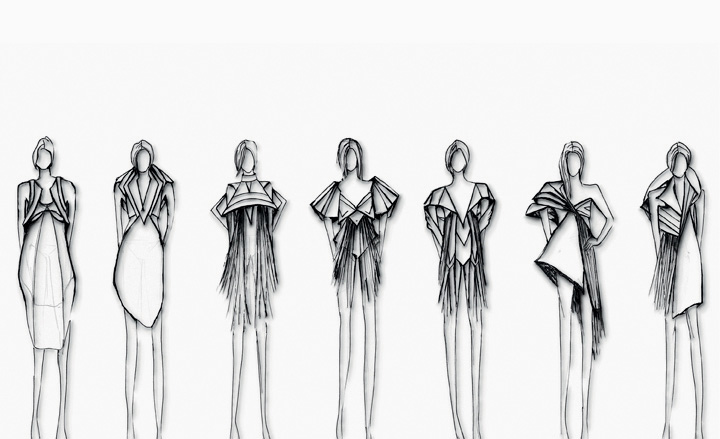
Club designs: Waitress uniform designs inspired by origami, Michelle Wu, ODE designer

Club designs: clothing sample made using origami techniques, Michelle Wu, ODE designer
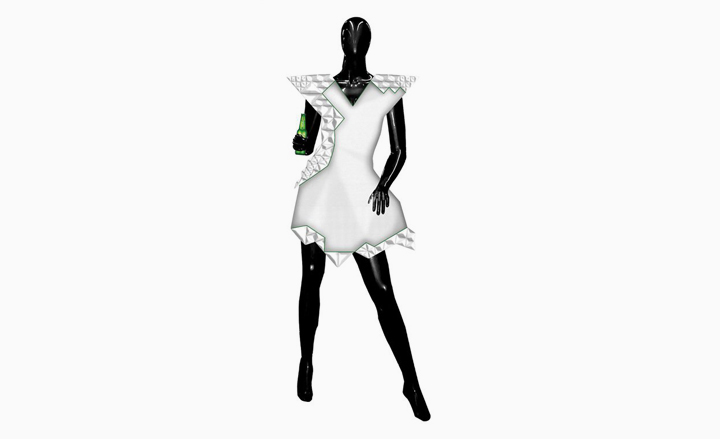
Club designs: waitress uniforms, Patrick Kampff, ODE designer
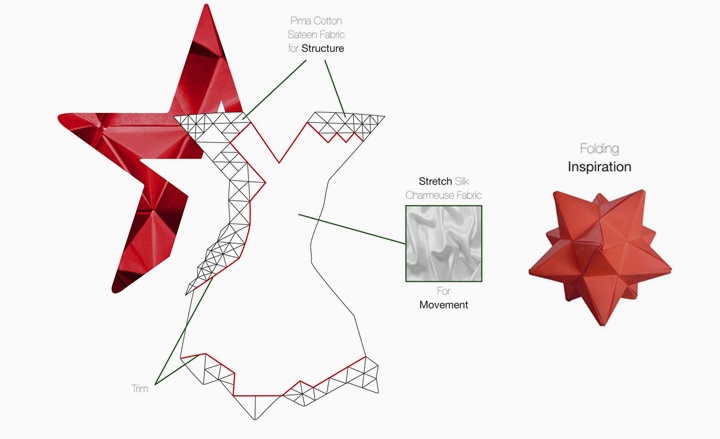
Club designs: waitress uniform, Patrick Kampff, ODE designer

Club designs: the uniform designs by mentoring team LEW, inspired by Michelle Wu's sketches
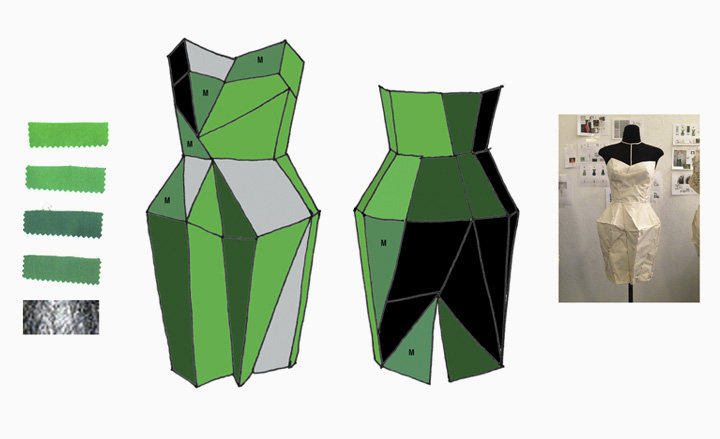
Club designs: the uniform designs by mentoring team LEW, inspired by initial sketches from Michelle Wu and Patrick Kampff
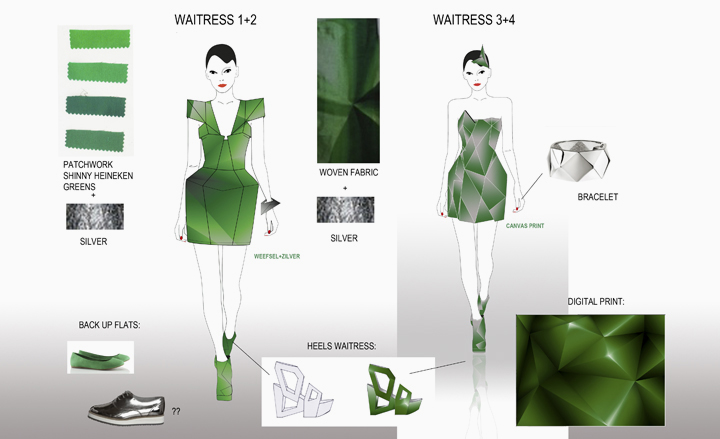
Club designs: the uniform designs by mentoring team LEW, inspired by initial sketches from Michelle Wu
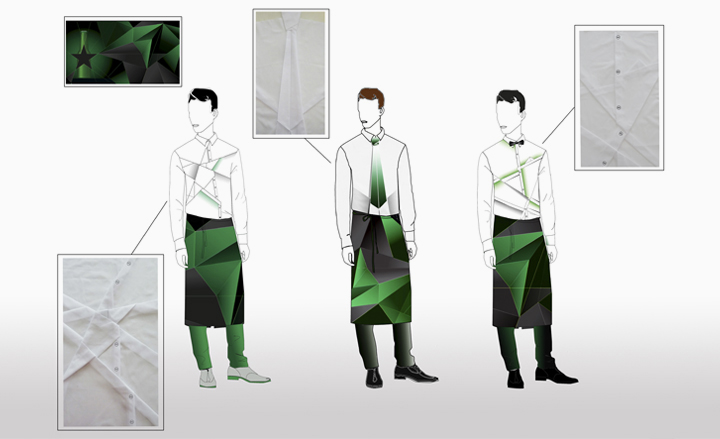
Club designs: bar staff uniform, Michelle Wu, ODE designer
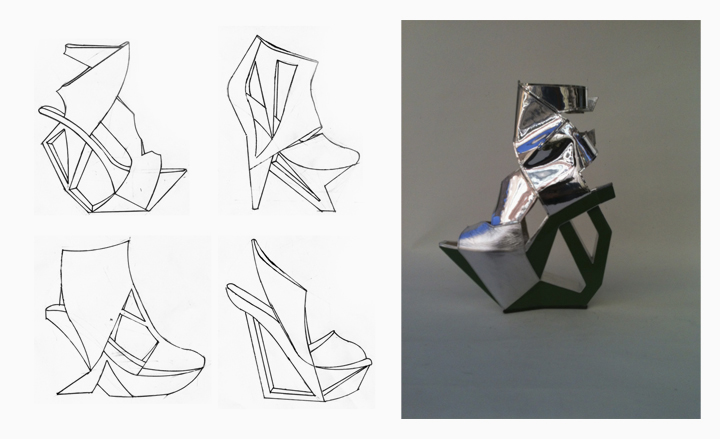
Club designs: initial sketches of the shoes to be worn by waitresses

Club designs: initial sketches of the shoes to be worn by waitresses

Club designs: Red Dot award winning designs by Patrick Kampff. 30 limited edition pairs have been produced for the Heineken ODE project by Havaianas, to be worn by bartenders and club staff
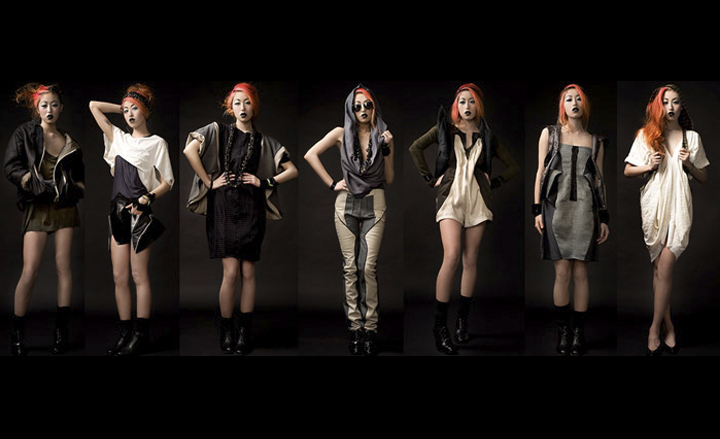
ODE Designer Michelle Wu portfolio: collection inspired by the golden ratio concept applied to plastic surgery by Dr Marquardt
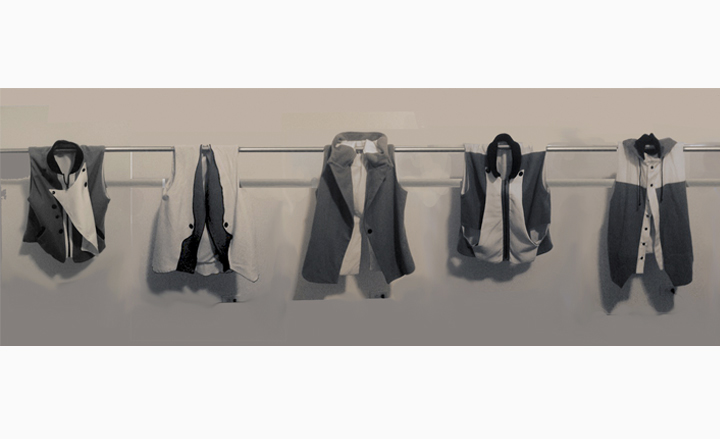
ODE Designer Michelle Wu portfolio: collection inspired by the idea of modern day armour
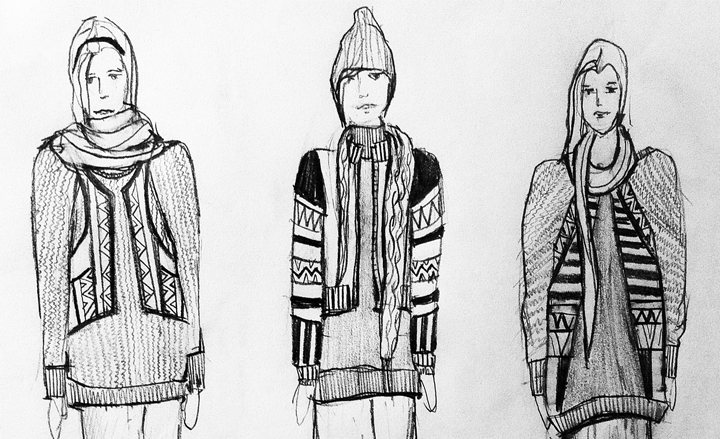
ODE Designer Michelle Wu portfolio: sketch book image
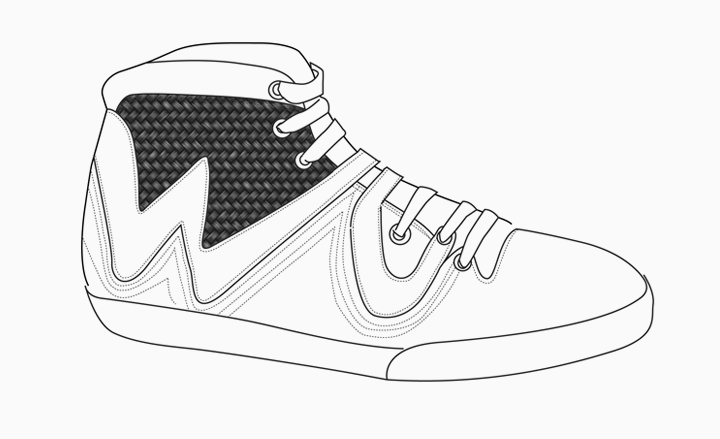
ODE Designer Michelle Wu portfolio: footwear design
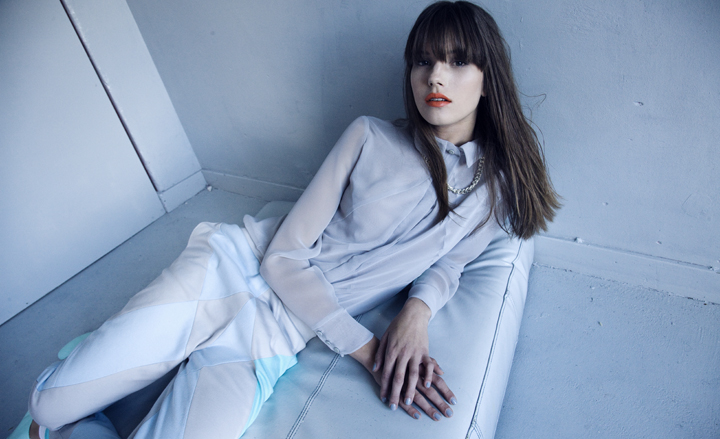
Mentor LEW portfolio: LEWlight collection s/s2009
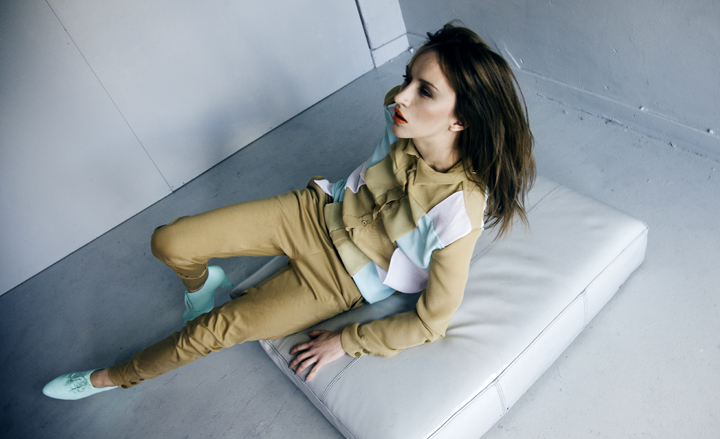
Mentor LEW portfolio: LEWlight collection s/s2009

Mentor LEW portfolio: LEWlight collection s/s2009
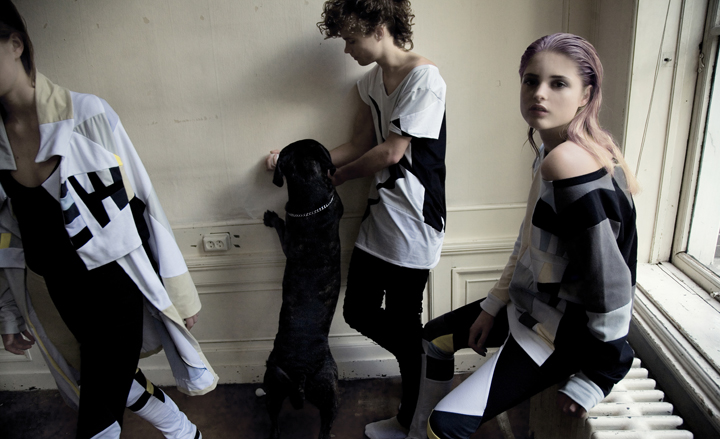
Mentor LEW portfolio: lewishere2 collection

Mentor LEW portfolio: Lady Lew and Blue Boy collection s/s 2010
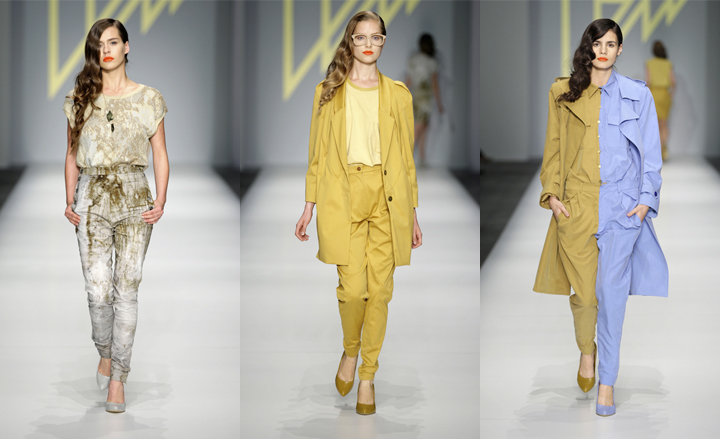
Mentor LEW portfolio: Lady Lew and Blue Boy collection s/s 2010
Receive our daily digest of inspiration, escapism and design stories from around the world direct to your inbox.
Rosa Bertoli was born in Udine, Italy, and now lives in London. Since 2014, she has been the Design Editor of Wallpaper*, where she oversees design content for the print and online editions, as well as special editorial projects. Through her role at Wallpaper*, she has written extensively about all areas of design. Rosa has been speaker and moderator for various design talks and conferences including London Craft Week, Maison & Objet, The Italian Cultural Institute (London), Clippings, Zaha Hadid Design, Kartell and Frieze Art Fair. Rosa has been on judging panels for the Chart Architecture Award, the Dutch Design Awards and the DesignGuild Marks. She has written for numerous English and Italian language publications, and worked as a content and communication consultant for fashion and design brands.
-
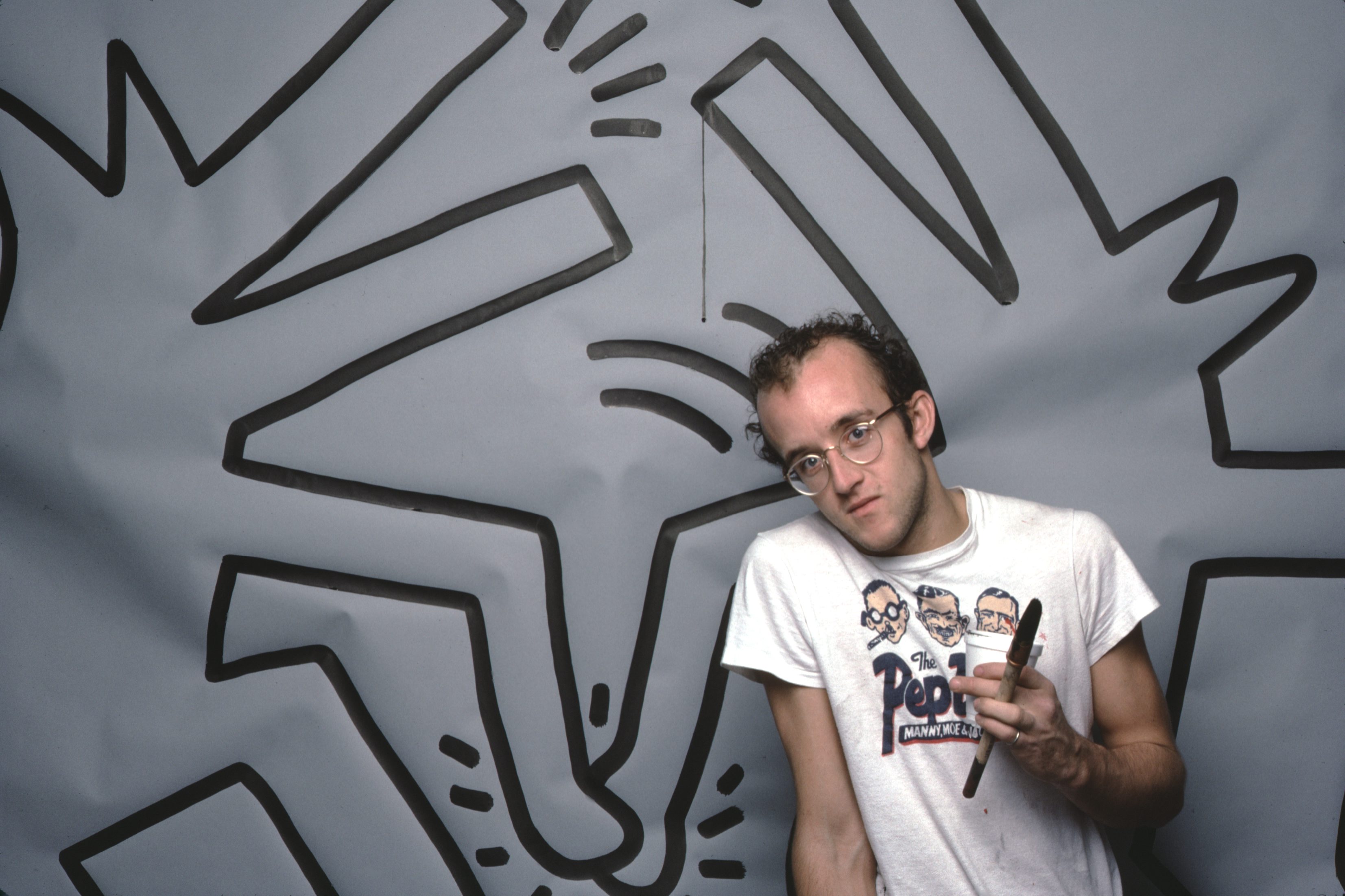 Modern masters: the ultimate guide to Keith Haring
Modern masters: the ultimate guide to Keith HaringKeith Haring's bold visual identity brought visibility to the marginalised
-
 Discover a hidden culinary gem in Melbourne
Discover a hidden culinary gem in MelbourneTucked away in a central Melbourne park, wunderkind chef Hugh Allen’s first solo restaurant, Yiaga, takes diners on a journey of discovery
-
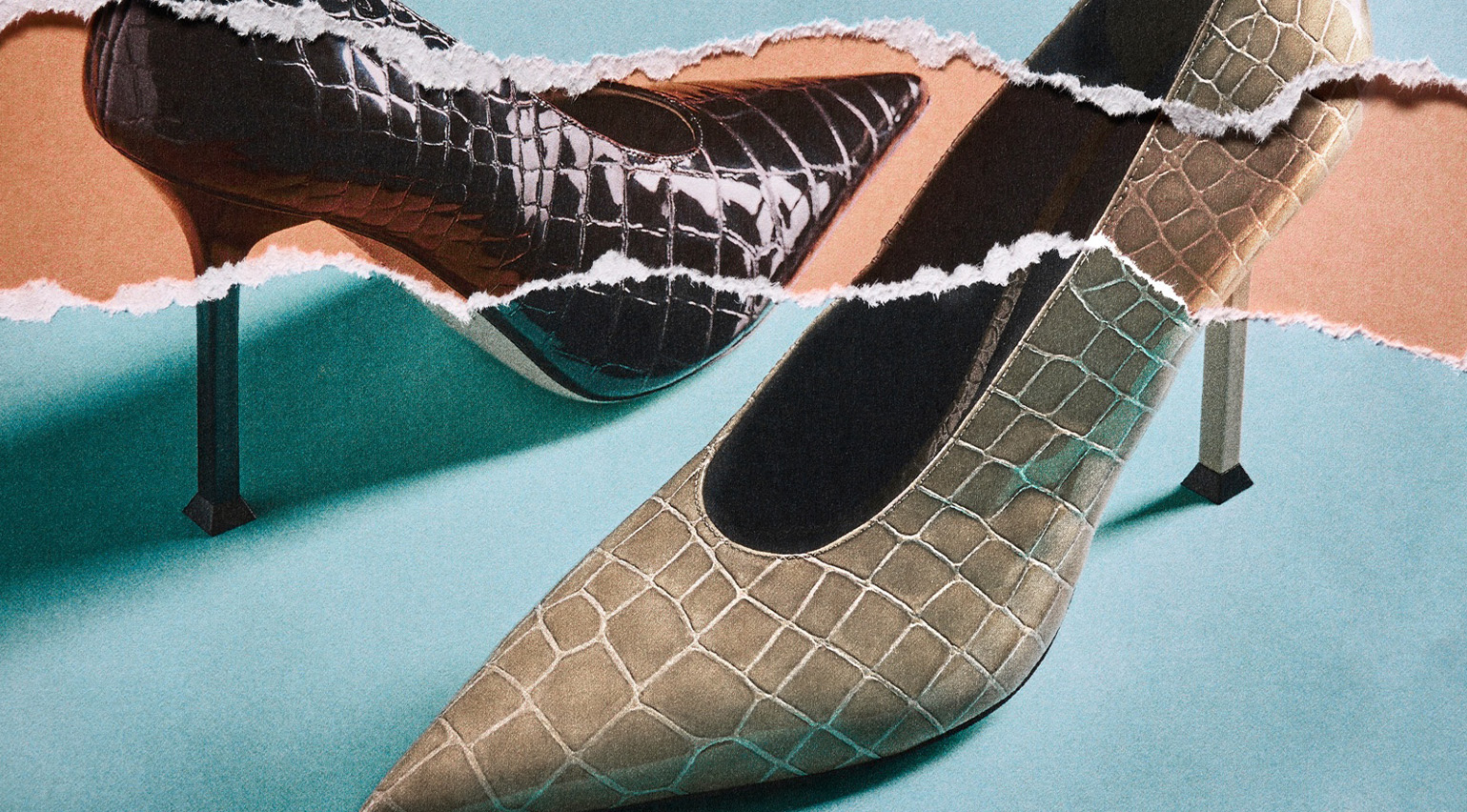 Nina Christen is the designer behind fashion’s favourite – and most playful – shoes
Nina Christen is the designer behind fashion’s favourite – and most playful – shoesShe’s created viral shoes for Loewe and Dior. Now, the Swiss designer is striking out with her own label, Christen